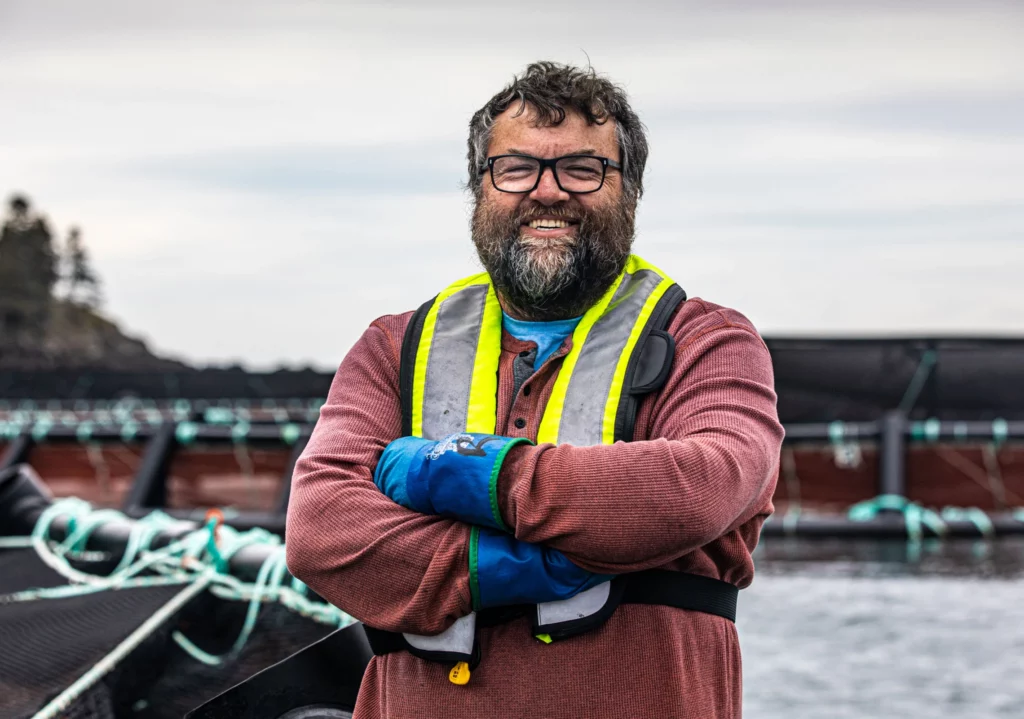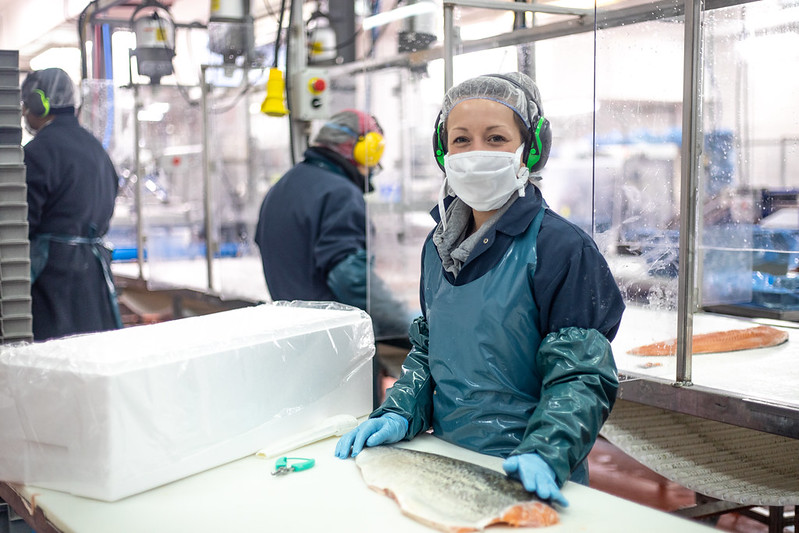Mid-Year Review: Number of BAP-Certified Facilities Up 14.3 Percent
With the first half of 2018 in the books, the Global Aquaculture Alliance (GAA) is pleased to announce that the number of Best Aquaculture Practices (BAP)-certified facilities is up 14.3 percent this year.
At the end of June, there were 2,079 BAP-certified processing plants, farms, hatcheries and feed mills in 34 countries and six continents. That’s up from 1,819 at the end of 2017.
Of the 2,079, 1,343 are farms, 411 are processing plants, 212 are hatcheries and 113 are feed mills. The BAP program reached a milestone in March when it surpassed the 2,000-facility mark for the first time.
As in previous years, there have been a number of first for the BAP program this year, including the world’s first BAP-certified recirculating aquaculture system and seriola farm, first company to offer four-star BAP Mediterranean sea bass and sea bream, first company to offer four-star BAP king salmon, first Scottish company to attain BAP certification (for Atlantic salmon), first pet food product to carry to BAP label and first company to offer four-star BAP oysters.
BAP is the world’s most comprehensive third-party aquaculture certification program, with aquaculture standards encompassing environmental responsibility, social responsibility, food safety, animal health and welfare and traceability. It’s also the only program to cover the entire aquaculture production chain — processing plants, farms, hatcheries and feed mills.
About BAP
A division of the Global Aquaculture Alliance, Best Aquaculture Practices is an international certification program based on achievable, science-based and continuously improved performance standards for the entire aquaculture supply chain — farms, hatcheries, processing plants and feed mills — that assure healthful foods produced through environmentally and socially responsible means. BAP certification is based on independent audits that evaluate compliance with the BAP standards developed by the Global Aquaculture Alliance.




